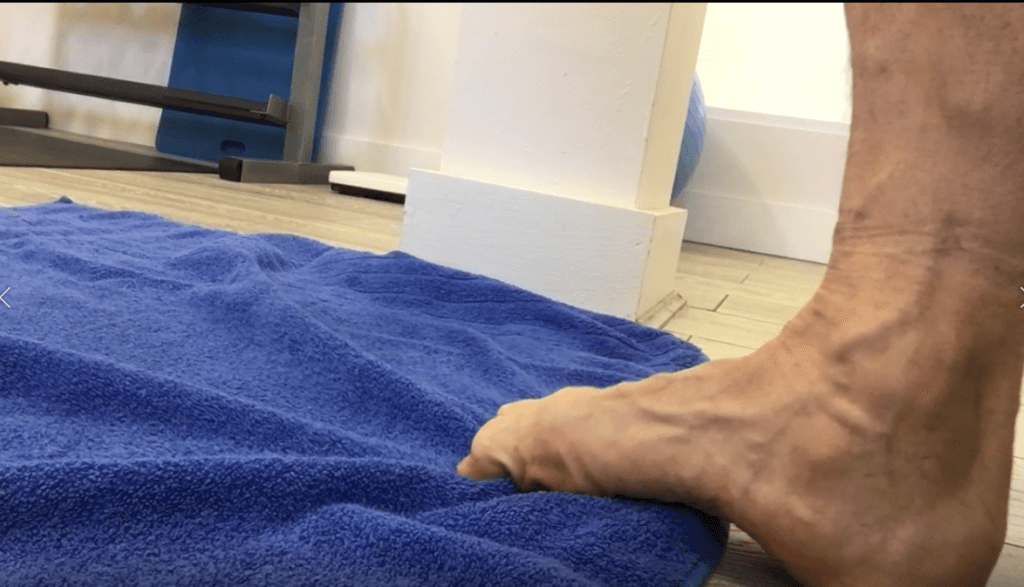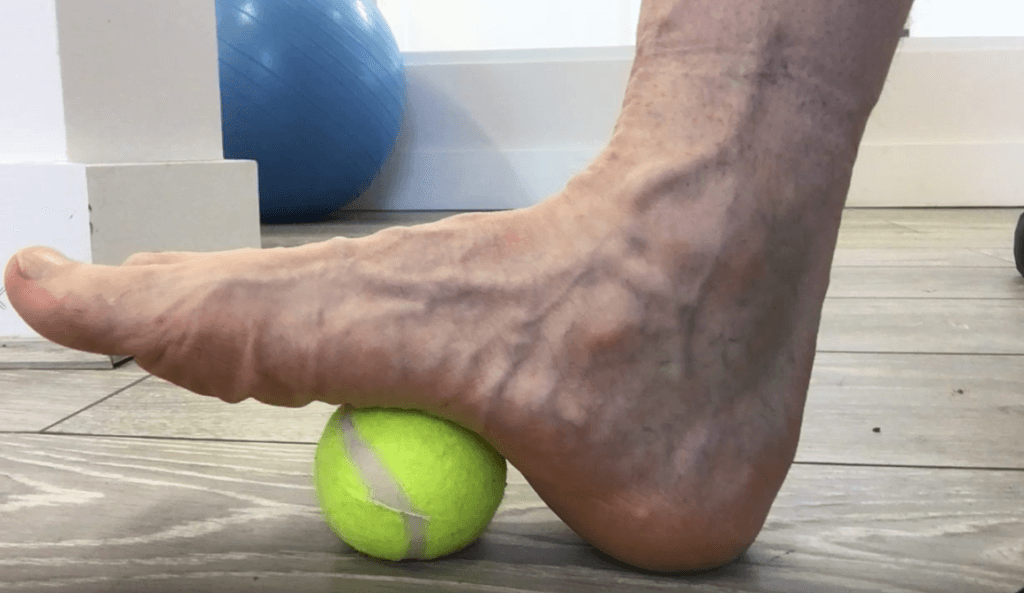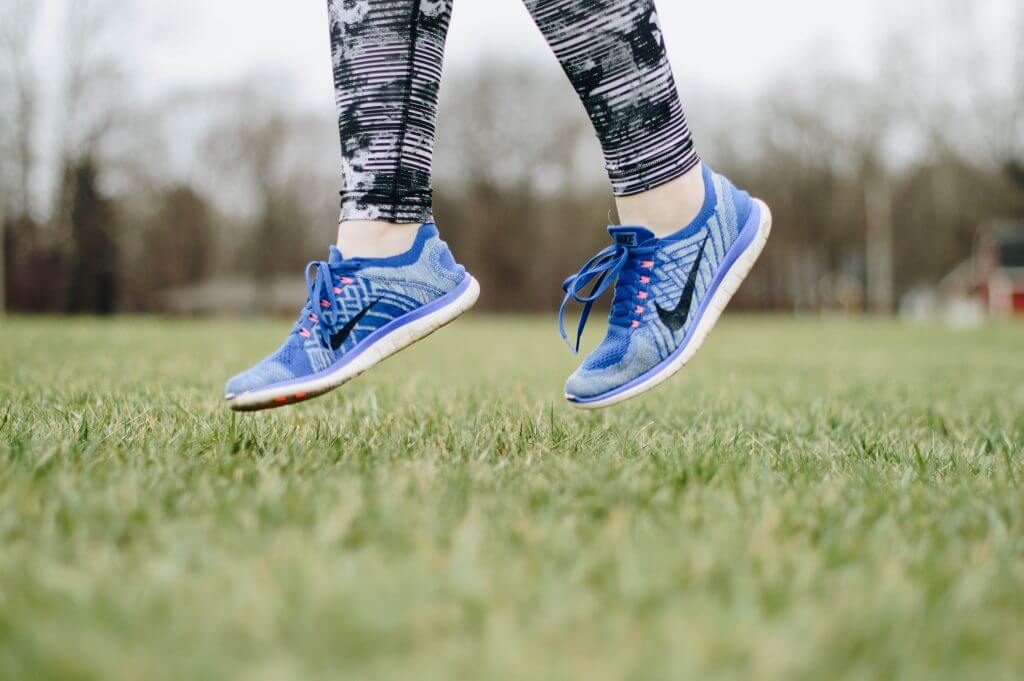Our toes. Why are they important in running?
This little piggy? 
We don’t pay much attention to our toes, unless its playing ‘this little piggy’ games with the kids, or if they make contact with a piece of furniture in the dark! However, our toes play an important role in stabilising our foot against the ground, contributing to a stable base of support for pushing off from the ground when running and walking.
How does this affect my running?
Weakness in the foot muscles that control the toes can lead to instability and overload in key structures of the foot, contributing to painful foot conditions such as Plantar Fasciitis. This can also lead to an imbalance between the toe flexor muscles and the toe extensor muscles on the top of the foot, with the toe extensors becoming dominant, pulling the toes up into a ‘hammer toe’ deformity.
Instability at foot level also means that the muscles above the foot around the knee and hip have to work harder to compensate for the instability. This can increase the risk of overuse injury in those structures and, as these muscle groups are having to work harder, this can have an overall negative effect on running economy.
So what is the solution?
Sign up to The ‘Foot Gym’
The muscles of the foot can be thought of as the ‘core stability’ muscles of the foot, and some simple home-based exercises can build core strength in the foot and increase stability, reducing the risk of fatigue and overload to the other structures of the foot and lower limb. Try these 4 ‘foot gym’ exercises to give those tiny muscles a good workout.
- Short foot exercise

With your foot in a neutral position on the floor, push your big toe into the ground, slightly raising the arch and ‘shortening’ the foot. Try to push down just with the big toe, targeting the large abductor muscle which runs along the inside of the arch. You should feel a good ache in the arch of the foot if you have got it right.
- Towel scrunches

Place your feet on a small towel and attempt to scrunch the towel up under your feet. Do this several times until you get a cramping sensation in the bottom of your foot.
- Isometric toe holds

Bend your toes up slightly against an immovable object such as a wall and push against it for 3-5 seconds, contracting the toe flexors isometrically. Repeat 10-15 times in 3 sets.
- Tennis ball massage

Roll your foot over a tennis ball, looking for painful or tight areas under the foot. Massage these areas gently with the ball until the pain and tightness subsides.
Great feets of strength!

Prevention is better than cure and giving attention to these tiny but important muscles in your foot as part of your runner’s workout will increase stability, contribute to improvements in running economy, help you recover from foot pain and decrease your risk of injury in the future.
I have a small favour to ask you.
I produce these blogs for the benefit of the running community and I want as many runners as possible to benefit from these. It would really help me if you could take a moment to share these articles with your friends on social media and any relevant groups or forums that you may be subscribed to.
Please feel free to post any questions and comments if these blog post raise any issues for you. Thanks from a fellow runner!
